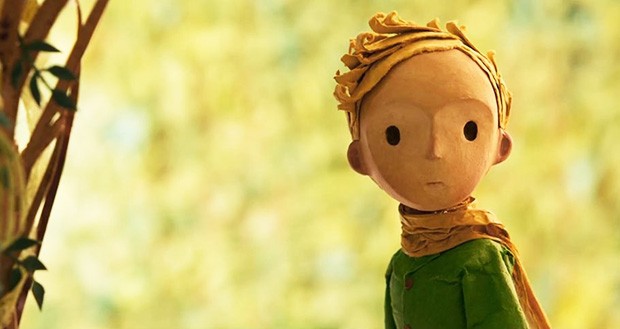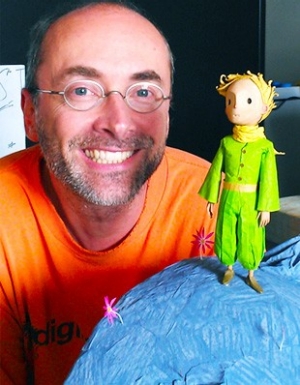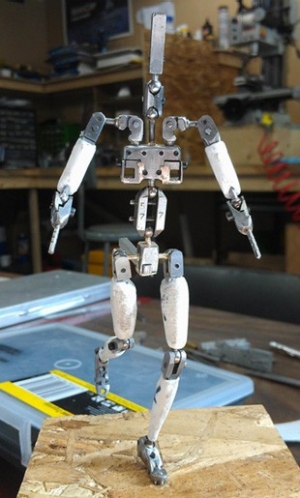“An animator at the NFB, Dale Hayward, put me in contact with the director of the stop-motion sequences of the film because Dale knew I construct ball-and-socket armatures for inside puppets,” says Goulet, who has been teaching traditional stop-motion animation (FMAN 352) at Concordia since 2001. He’s also the founding director of Concordia’s Montreal Stop Motion Film Festival.
Montreal-made
The computer graphic animation and the stop-motion animation for Le Petit Prince were both done in Montreal by Mikros Image and TouTenkartoon, respectively. Le Petit Prince was a co-production between France and Canada, and the sizable tax credit made it fiscally attractive to create the animation in Montreal.
“At our peak, we were 50 people working at the stop-motion studio,” says Goulet. “Close to a third of the film, or 22 minutes, is stop-motion. That’s a lot of content to create.
Two of Goulet's former students — Hamish Lambert, BFA 13, and Michelle Lannen, BFA 11 — worked directly with him. Four others worked in related departments, including puppet construction, set and accessories.
"It was a great experience for us all to see how a major animated film like this gets made on a day-to-day basis," he says.
The nuts and bolts
Goulet and his crew custom made the puppets' metallic skeletons from scratch.


